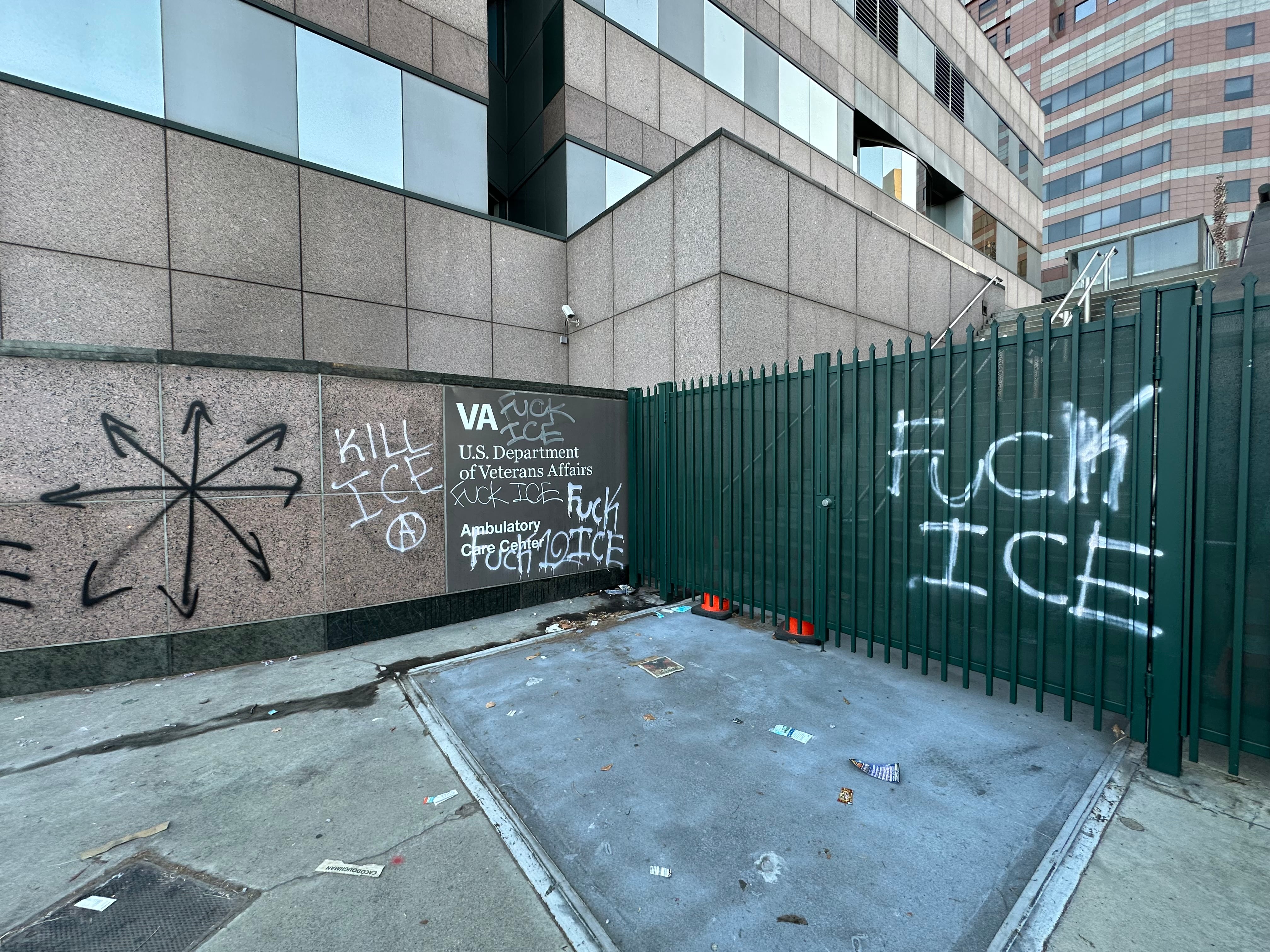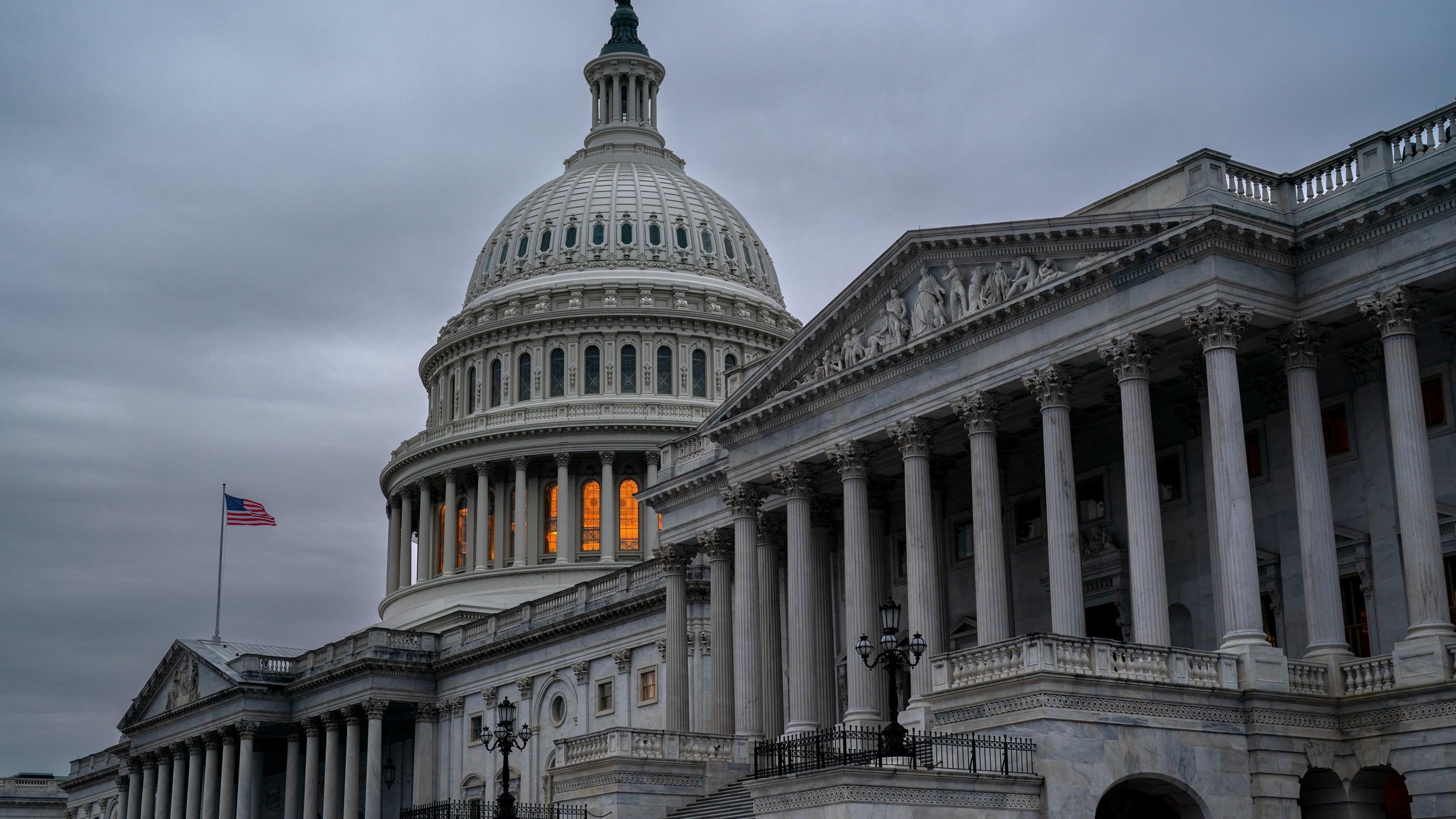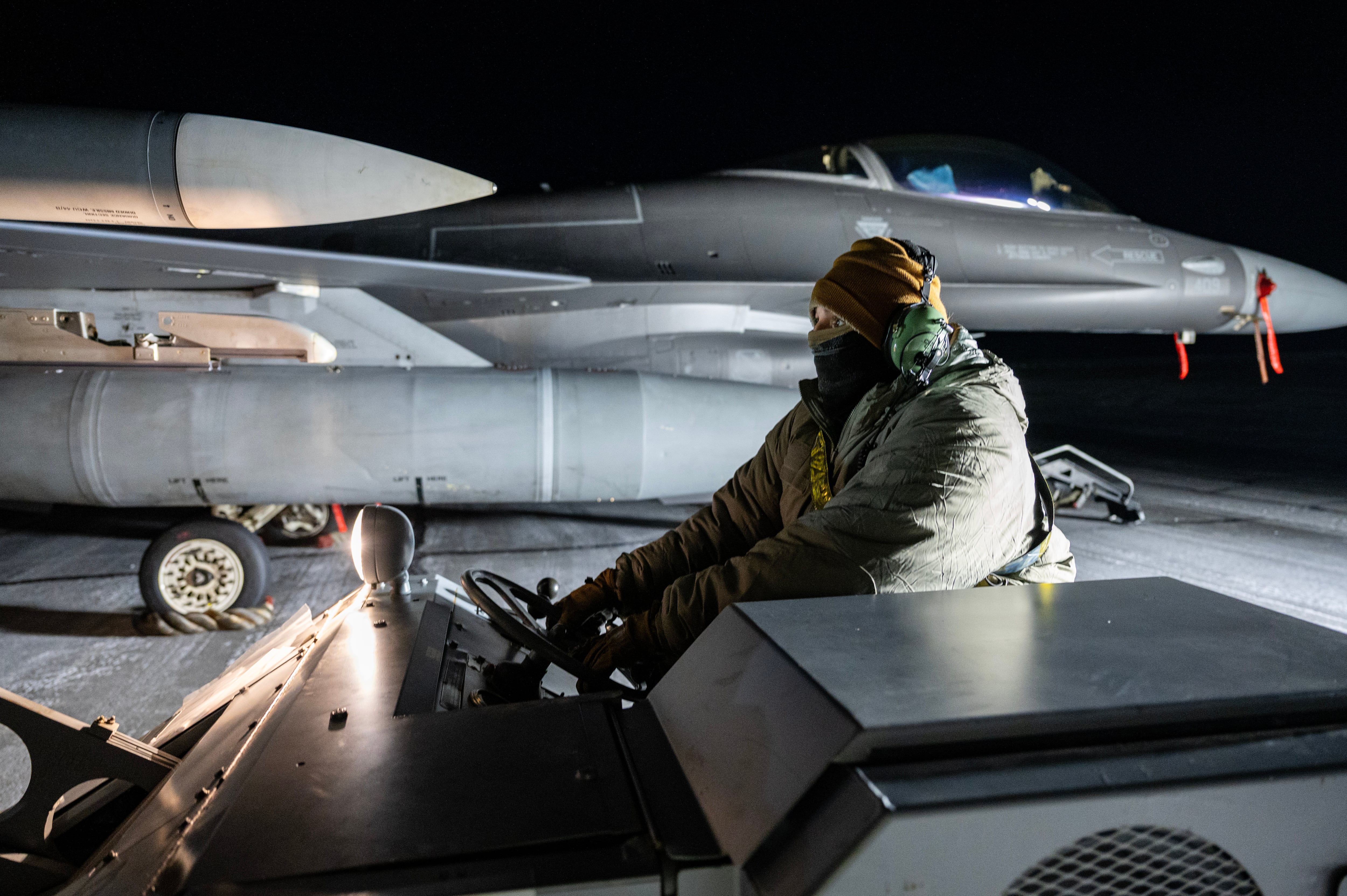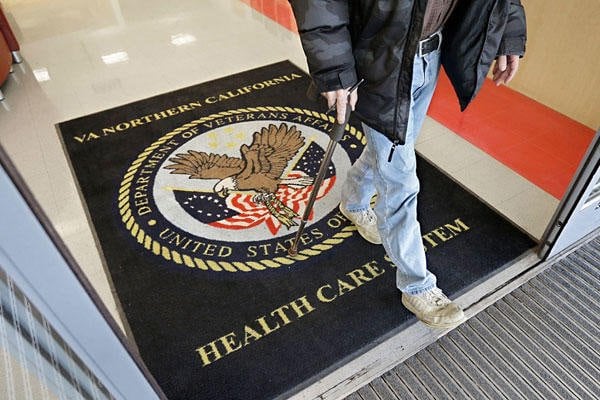This article was published as part of a content-sharing agreement between Army Times and The Fayetteville Observer.
A few days into the spring of 1994, paratroopers waited for an airborne training operation on the tarmac at then-Pope Air Force Base in North Carolina.
It was March 23, and the skies above the airfield of then-Fort Bragg were filled with pilots trying to get in a few hours of flight time.
A little after 2 p.m., however, the once blissful Carolina blue sky was darkened by black smoke, and the airfield runway and Fort Bragg’s Green Ramp were ablaze.
An F-16D Fighting Falcon collided mid-air with a C-130E Hercules cargo plane. The jet plummeted into a C-141 Starlifter on the ground, puncturing its fuel tank and feeding a deadly inferno that claimed lives and injured others.
When the debris rained down and the ruptured fuel tank exploded into a fireball, those 120 paratroopers, mostly from the 18th Airborne Corps and the 525th Military Intelligence Brigade, were behind a Green Ramp shed waiting to board the C-141 for the scheduled jump.
Another 120 soldiers, mostly members of the 82nd Airborne Division’s 504th Parachute Infantry Regiment, were nearby in mock planes practicing jumps.
Paratroopers rushed to escape the inferno or shield others.
In the coming days, weeks, months and years, stories came forth from witnesses, survivors and family members of the 24 paratroopers killed.
Here’s a look at what happened, as told to The Fayetteville Observer over the past 30 years.
Gold Star Family
Charles Golla’s son Capt. Kenneth Golla, 29, was one of the soldiers killed.
Two days after the accident, the grieving father from northern Virginia said that Capt. Golla was a new father who’d recently moved to Fort Bragg with his family and was excited about being part of the 82nd Airborne Division.
His son was preparing to jump with a division that he was proud to be a part of, the elder Golla said.
“It’s a crushing blow,” he said.
A year after the crash, Golla’s widow, Monica Golla, told the Observer their daughter, Alexandra, had her father’s personality.
“It hurts because he’s gone, but it hurts every day,” she said.
What soldiers saw
Capt. Michael Taylor, an intelligence officer for the 18th Aviation Brigade, said he was unable to outrun the “fireball.”
“So, I laid down in the sand and started rolling,” Taylor said a day after the crash; his burned hands in bandages.
“There were kids whose cammies (camouflage uniforms) were still on fire that didn’t know to get down on the ground,” Taylor said. “People knocked them on the ground and rolled them in the sand. Other people (were) grabbing canteens and hosing people down.”
Sgt. Mark Dedmon said other soldiers were taking injured paratroopers to Womack Army Medical Center in personal vehicles.
“Anything with wheels became an evacuation vehicle,” Dedmon said.
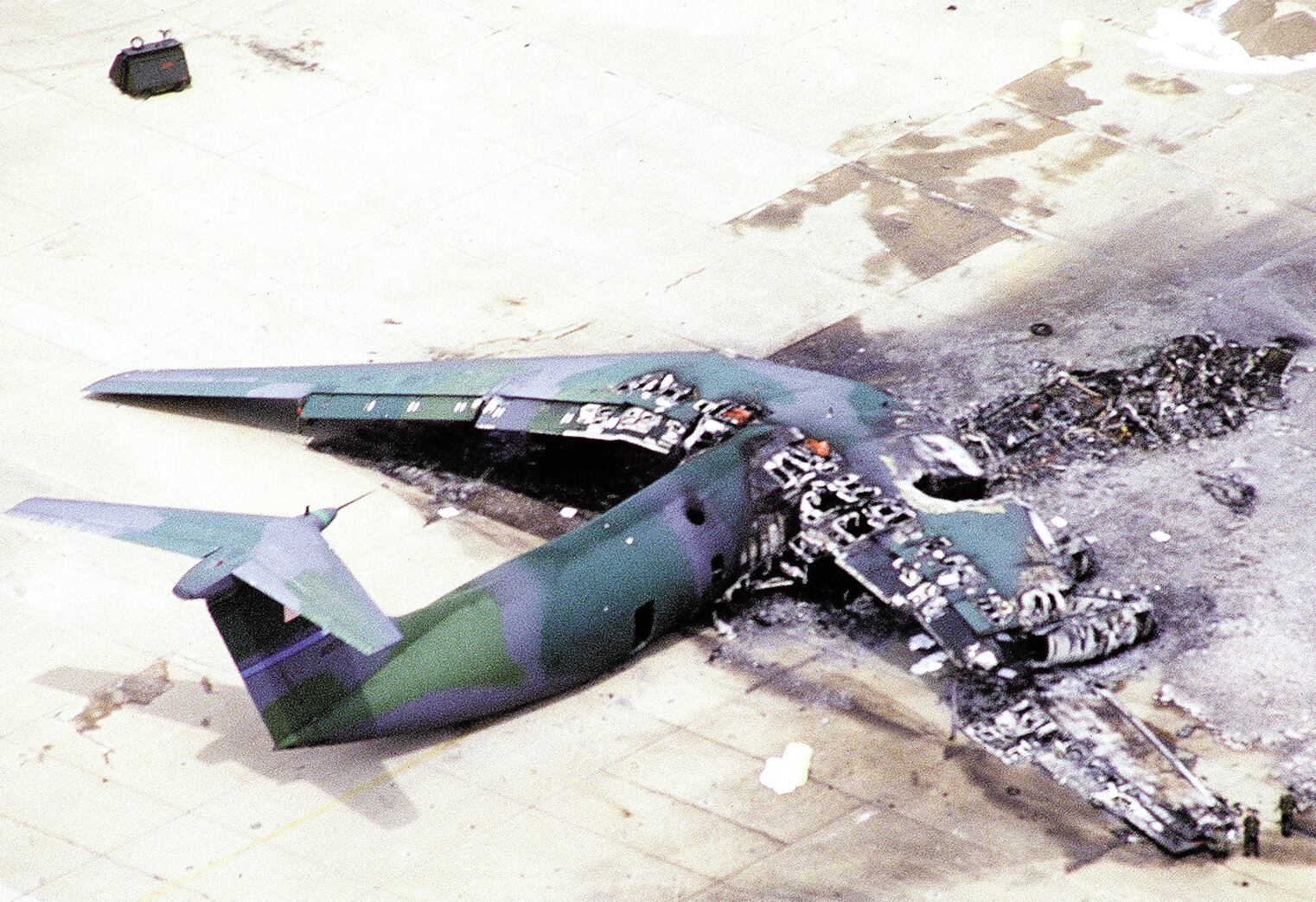
Presidential visit
Three days after the crash, then-President Bill Clinton met with the injured soldiers.
Many told Clinton they couldn’t “wait to get back to work,” the president said.
Clinton told reporters he was moved by the story of an injured soldier who was putting out the fire on his wife.
A few days later, The Fayetteville Observer identified the couple as Sgt. Lorellei Houghton and 1st Lt. Kenneth Altfather.
Houghton was standing with a group of soldiers under a tree near the runway when she noticed the outline of the F-16.
Altfather said he dashed toward his wife to try to shield her, but her clothing caught fire.
He said he beat the flames out with his bare hands, then pulled her about 20 feet from where she’d been hit.
The F-16′s engine came to rest some 15 feet from where they rested.
Ammunition from the F-16 started to fire off, Altfather said.
He said he managed to find a shed, where medics started to treat his wife and waited for a vehicle to take her to the hospital.
Altfather said he didn’t want attention and that helping his wife was an easy decision.
“There are a lot of guys up there that are hurt a lot worse. There are 23 who are dead. They’re the heroes,” he said.
Burn victims
Sgt. Christopher Burson said in an interview on Jan. 29, 1995, that he was being treated in the hospital for charring on his hands and legs and gashes on his head and face when his wife told him his friend Sgt. Mark Gibson was among those who died.
Gibson’s widow wanted to visit Burson, and Burson’s wife broke the news to him so that he wouldn’t ask how Gibson was doing.
“I can’t remember how she told me,” Burson said. “That was the worst part — the realization that all those people got killed.”
Burson said that when the planes collided, he was waiting to participate in a low-altitude jump.
His next memory was waking up to his family in the hospital two weeks later.
Burson didn’t remember the metal that hit his head or the flames that burned nearly half his body.
In the 10 months after the crash, he struggled to walk and underwent three skin grafts and six surgeries.
“Just living is therapy,” he said.
Spc. Tony Davis, who lost part of his leg in the blast, considered himself in “better shape than the guys that got burned,” he told the Observer in January 1995.
Davis and two other burned soldiers were in the first Humvee to arrive at Womack Army Medical Center. Davis said he inched his way toward the back of the truck, carrying his leg in his hand.
Then-Maj. Patricia Horoho, the emergency room head nurse who would go on to become a lieutenant general and the 43rd Surgeon General of the Army, grabbed Davis and helped him out of the truck.
Horoho said Davis was frantic and yelled, “There’s hundreds of us,” to let the hospital staff know more injured were coming.
She said that when she looked up from helping Davis, she saw truckloads of injured soldiers streaming in behind him.
Davis’ leg was amputated that afternoon, and he was sent to Walter Reed Medical Center in Washington D.C. to learn how to walk again.
Sgt. Jason Harper recalled he wasn’t supposed to be at Green Ramp that March afternoon. He said he had just returned from leave that morning and had begged another soldier for his spot in the jump.
The crash sent metal flying into Harper and others, snapping Harper’s pelvis, hips and left femur.
Harper said his breaks were clean and didn’t require surgery, but he felt guilty he survived.
“I had that feeling of, ‘Why did I make it? Why did a guy married with two kids not make it?’” he said.
Burns from the blast covered 43% of Lt. Jay Nelson’s body.
Nelson spent the first 10 weeks at Brooke Army Medical Center in San Antonio, Texas, where doctors said he was suffering from “ICU psychosis” when, at times, he thought he was in a fancy hotel, train, submarine or courtroom, according to a January 1995 article.
Nelson said that after seeing the F-16 slam into the ground, skid and explode, his back, legs and hands were on fire.
On the 10th anniversary of the crash, Nelson told The Fayetteville Observer that each anniversary he looks at his watch as it turns 2 p.m., the time of the accident.
Nelson was part of D Company, 2nd Battalion, 504th Parachute Infantry Regiment, and said he was listening to a prejump briefing on the day of the crash when he heard two popping noises.
He later learned the noises were the pilots ejecting from the C-130.
“The fireball swept over me,” Nelson said. “The whole world turned orange. The air was literally sucked out of my lungs, it was so hot.”
Amid the fire and debris, ammunition from the jet’s machine gun started exploding from the heat.
Nelson said a staff sergeant guided him to a Humvee heading to the hospital with other burn victims.
“We were afraid we would stick to each other and afraid we would stick to the vehicle,” he said.
After being taken to Womack Army Medical Center, he was sent to the Fort Sam Houston burn center in San Antonio, Texas, where he spent 63 days recovering before heading back to Fort Bragg for six months of physical therapy and four months of occupational therapy for his hands.
Nelson’s goal was to get back to work as soon as possible.
“It made me feel like I was part of the team,” he said. “I wasn’t just some pitiful guy over there.”
Soldier recognitions
In the immediate aftermath of the disaster, the Air Force did not formally recognize the airmen who rushed to the scene.
In 2003, retired Air Force Maj. Gen. Bobby O. Floyd, who was commander of Pope’s 23rd Wing when the crash happened, said that at the time, the Air Force felt it was not appropriate to present any awards due to its role in crash. It would be more than a decade later, before officials would finally recognize 11 airmen for heroism in response to the crash.
Staff Sgt. Thomas White was one of those recognized.
He recalled one of the injured soldiers who had run up to him screaming.
“My first reaction was, ‘My God, where’s this guy’s clothes.’ It took a minute for it to register that his clothes had been burned off,” White said.
White used his bare hands to put out fires on bodies, dragged soldiers to safety and loaded them in vehicles.
The Army posthumously awarded the Soldier’s Medal to Staff Sgt. Daniel Price, who died in the crash, for his actions in protecting a fellow soldier from the blast.
Remembering the fallen
The following are those lost 30 years ago:
• Sgt. Alexander P. Bolz, Alpha Company, 2nd Battalion, 504th Parachute Infantry Regiment.
• Pfc. Tommy Caldwell, Headquarters and Headquarters Company, 2nd Battalion, 504th Parachute Infantry Regiment.
• Staff Sgt. Daniel Camargo, Alpha Company, 2nd Battalion, 504th Parachute Infantry Regiment.
• Spc. Bee Jay Cearley, Headquarters and Headquarters Company, 2nd Battalion, 504th Parachute Infantry Regiment.
• Spc. Sean M. Dixon, Charlie Company, 2nd Battalion, 504th Parachute Infantry Regiment.
• Capt. Christopher D. Dunaway, Headquarters and Headquarters Company, 2nd Battalion, 504th Parachute Infantry Regiment.
• Staff Sgt. Charles W. Elliott, Delta Company, 2nd Battalion, 504th Parachute Infantry Regiment.
• Pfc. Paul B. Finnegan, Delta Company, 2nd Battalion, 504th Parachute Infantry Regiment.
• Pvt. Mark E. Fritsch, Delta Company, 2nd Battalion, 504th Parachute Infantry Regiment.
• Staff Sgt. Mark G. Gibson, Bravo Company, 2nd Battalion, 505th Parachute Infantry Regiment.
• Capt. Kenneth J. Golla, Headquarters and Headquarters Company, 504th Parachute Infantry Regiment.
• Sgt. Gustavo Gallardo, Headquarters and Headquarters Company, 2nd Battalion, 504th Parachute Infantry Regiment.
• Pvt. Phillip J. Harvey, Delta Company, 2nd Battalion, 504th Parachute Infantry Regiment.
• Staff Sgt. James C. Howard, Headquarters and Headquarters Company, 2nd Battalion, 504th Parachute Infantry Regiment.
• Pfc. Andrew J. Jones, Alpha Company, 2nd Battalion, 504th Parachute Infantry Regiment.
• Staff Sgt. Alan D. Miller, Headquarters and Headquarters Company, 2nd Battalion, 504th Parachute Infantry Regiment.
• Staff Sgt. Harry L. Momoa Jr., Charlie Company, 2nd Battalion, 505th Parachute Infantry Regiment.
• Sgt. Gregory D. Nunes, Delta Company, 2nd Battalion, 504th Parachute Infantry Regiment.
• Staff Sgt. Daniel E. Price, Bravo Company, 2nd Battalion, 505th Parachute Infantry Regiment.
• Staff Sgt. Waddington Sanchez, Headquarters and Headquarters Company, 2nd Battalion, 505th Parachute Infantry Regiment.
• Sgt. Vincent S. Strayhorn, Headquarters and Headquarters Company, 2nd Battalion, 504th Parachute Infantry Regiment.
• Sgt. James M. Walters Jr., Alpha Company, 2nd Battalion, 504th Parachute Infantry Regiment.
• Spc. Martin R. Lumbert, Delta Company, 2nd Battalion, 504th Parachute Infantry Regiment.
• Spc. Matthew J. Zegan, Headquarters and Headquarters Company, 2nd Battalion, 504th Parachute Infantry Regiment.

